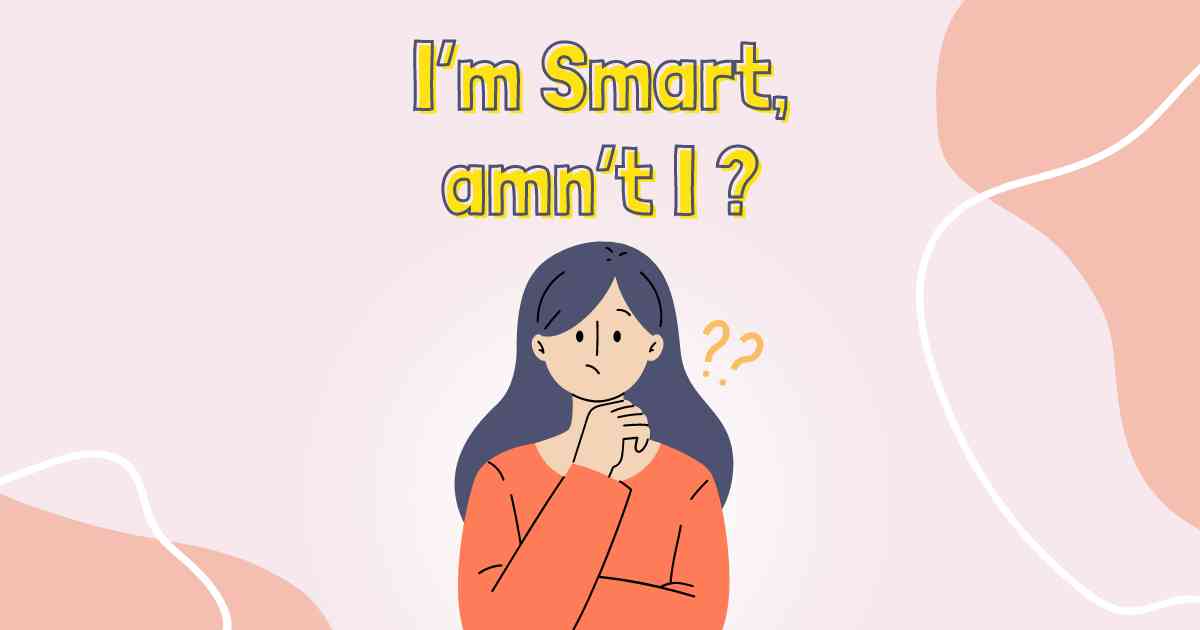The past tense in English is essential for describing actions, events, or situations that happened at a specific point in the past. Mastering the past tense is crucial for effective communication in both spoken and written English.
There are several forms of the past tense, each with its specific uses and formation rules. Let’s delve into the primary forms of the past tense: the simple past, the past continuous, the past perfect, and the past perfect continuous.
| Pos. | Name | Points |
|---|---|---|
| There is no data yet |
Simple Past Tense
The simple past tense is used to describe actions that were completed at a definite time in the past. It is often used with time expressions such as “yesterday,” “last week,” “in 1999,” etc.
Formula
For regular verbs, add “-ed” to the base form of the verb.
Example: “talk” becomes “talked,” “play” becomes “played.”
For irregular verbs, the past forms vary and must be memorized.
Example: “go” becomes “went,” “eat” becomes “ate.”
Examples
- “She visited her grandparents last weekend.”
- “They watched a movie last night.”
- “I saw him at the store yesterday.”
| Pos. | Name | Points |
|---|---|---|
| There is no data yet |
Past Continuous Tense
The past continuous tense describes actions that were in progress at a specific time in the past. It often sets the scene for another action, which is usually in the simple past tense.
Formula
Use the past tense of the verb “to be” (was/were) + the present participle (verb + -ing).
Example: “was walking,” “were playing.”
Examples
- “She was reading a book when the phone rang.”
- “They were watching TV at 7 PM.”
- “I was working on my project all evening.”
| Pos. | Name | Points |
|---|---|---|
| There is no data yet |
Past Perfect Tense
The past perfect tense describes an action that was completed before another action or time in the past. It emphasizes that one event happened before another.
Formula
Use “had” + the past participle of the verb.
Example: “had finished,” “had eaten.”
Examples
- “She had finished her homework before she went out.”
- “They had left by the time I arrived.”
- “I had already eaten when he called.”
| Pos. | Name | Points |
|---|---|---|
| There is no data yet |
Past Perfect Continuous Tense
The past perfect continuous tense describes an action that was ongoing in the past up until another past action. It emphasizes the duration of the first action.
Formula
Use “had been” + the present participle (verb + -ing).
Example: “had been working,” “had been playing.”
Examples
- “She had been studying for hours when he arrived.”
- “They had been living in Paris before they moved to London.”
- “I had been waiting for over an hour when the bus finally came.”
Usage Tips and Examples
Specific Time References
Simple past: “She visited the museum last week.”
Past continuous: “She was visiting the museum when it started raining.”
Past perfect: “She had visited the museum before it closed for renovations.”
Past perfect continuous: “She had been visiting the museum regularly until it closed.”
Sequential Actions
Simple past: “He woke up, brushed his teeth, and went to work.”
Past continuous: “He was brushing his teeth when the phone rang.”
Past perfect: “He had already left when I called.”
Past perfect continuous: “He had been working for hours before he took a break.”
Duration and Emphasis
Past continuous: “They were playing soccer all afternoon.”
Past perfect continuous: “They had been playing soccer for two hours when it started raining.”
Common Irregular Verbs in the Past Tense
Irregular verbs do not follow the regular “-ed” ending rule and need to be memorized. Here are some common irregular verbs:
- Go: went
- Eat: ate
- Take: took
- See: saw
- Come: came
- Make: made
- Have: had
Examples
- “She went to the store.”
- “They ate dinner early.”
- “I saw a beautiful sunset.”
Conclusion
Understanding and using the past tense correctly is vital for effective communication in English. By familiarizing yourself with the forms and uses of the simple past, past continuous, past perfect, and past perfect continuous, you can accurately describe actions and events in the past.
Practice using these tenses in different contexts to improve your fluency and confidence in speaking and writing English.


